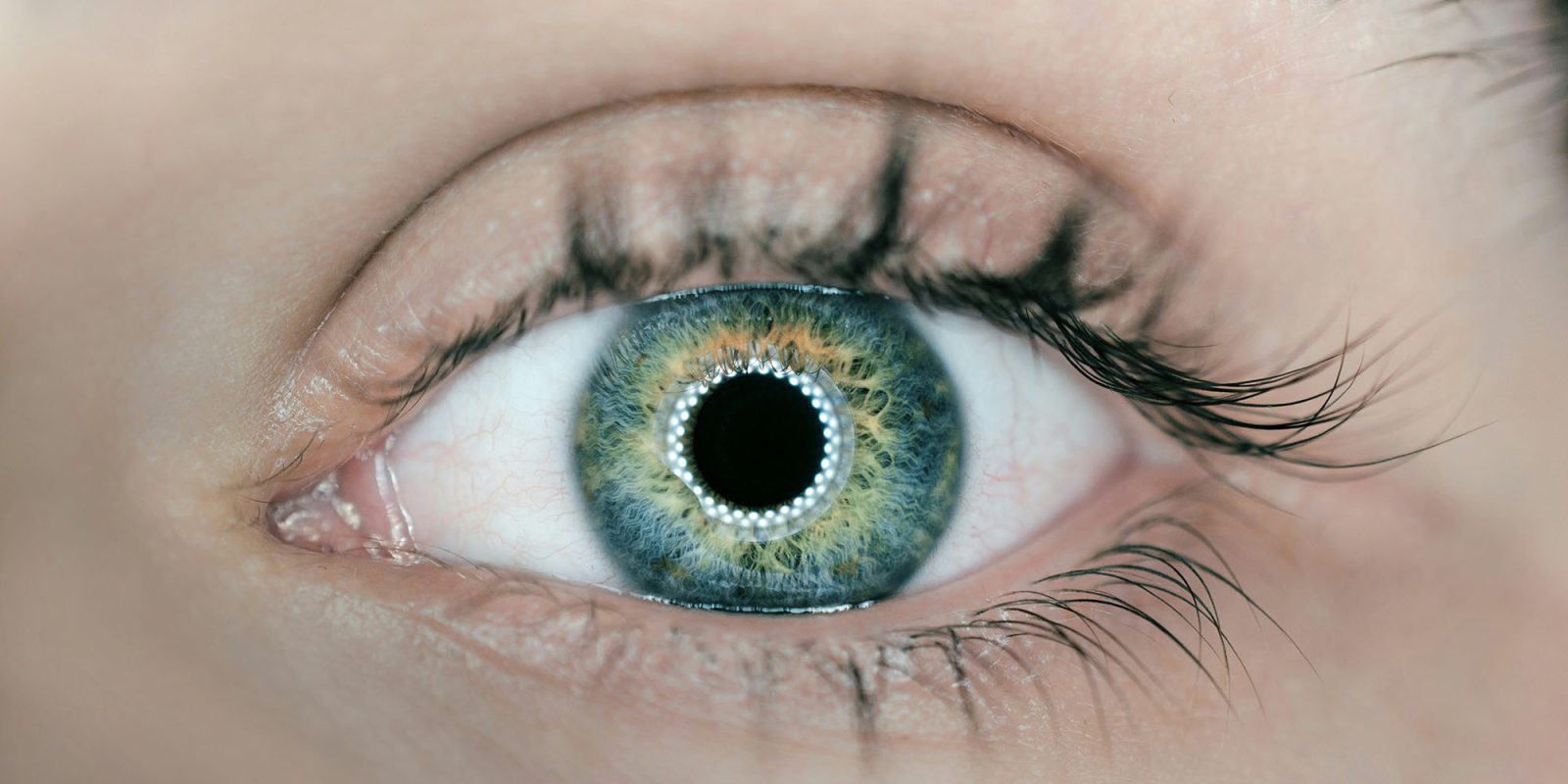
An Apple patent has described extending the Apple Watch Fall Detection system to other wearable devices. This includes Vision Pro, a future Apple Glasses product – and even a smart contact lens.
The patent says that such wearables could be even more effective that the Apple Watch implementation, for two reasons …
Fall Detection
Fall Detection uses the Apple Watch’s built-in accelerometer and gyroscope to detect a hard fall.
It initially responds by tapping you on the wrist and displaying an alert, offering you the options of confirming you’re ok, or calling emergency services. If you don’t respond and remain immobile for one minute, it will make an automated 911 call giving your exact location and informing the operator that you have fallen and appear unresponsive.
Fall Detection has been credited with saving multiple lives, the following links being just a small sampling:
- Man credits Apple Watch fall detection feature with saving his life
- Apple Watch fall detection helps rescue cyclist after crash during downpour
- Apple Watch fall detection saves New Jersey man after tumbling off cliff and breaking his back
- Apple Watch fall detection helps save life of 92-year-old farmer after fall from a ladder
- Apple Watch fall detection credited with saving user in Norway after severe overnight fall
Use in Vision Pro, Apple Glasses, contact lenses
Patently Apple spotted a new Apple patent which describes how fall detection could be implemented in other wearables.
Apple filed a patent that extends Fall Detection to future versions of Vision Pro headsets, smartglasses and even smart contact lenses.
Implementing the feature in these types of wearables could be even more effective – first because they would be able to tell whether your eyes and open or closed, and whether your pupils are dilated.
This relates generally to systems and methods of tracking biometric data in response to detecting a movement of the electronic device, and more particularly to tracking and recording pupil dilation and/or signs of unconsciousness in response to detecting specific movements of the electronic device.
Additionally, in devices with external cameras, they could provide emergency services with either a view of your surroundings, or a description of it.
Furthermore, automatically initiating an emergency response (e.g., including describing and/or summarizing a user’s surroundings) in response to the second biometric data indicating a loss of consciousness reduces the number of inputs needed to transmit an emergency response, thereby saving power and/or other computing resources of the electronic device.
Apple describes a headset like Vision Pro, but also Apple Glasses and even smart contact lenses.
Electronic device may be […] a head mountable system/device and/or projection-based system/device (including a hologram-based system/device) configured to generate and present a three-dimensional environment, such as, for example, heads-up displays (HUDs), head mounted displays (HMDs), windows having integrated display capability, displays formed as lenses designed to be placed on a person’s eyes (e.g., similar to contact lenses), respectively.
9to5Mac’s Take
Fall Detection is a great feature, and it’s clear that it could be even better when implemented in these types of wearables.
The patent contains just one reference to contact lenses, and it’s common for Apple to seek to cover all the bases in its applications by naming every type of device under the sun. All the same, one can live in hope that one day such tech will be possible!
Highlighted accessories
- Anker 511 Nano Pro ultra-compact iPhone charger
- Spigen MagFit case for iPhone 16e – adds MagSafe support
- Apple MagSafe Charger with 25w power for iPhone 16 models
- Apple 30W charger for above
- Anker 240W braided USB-C to USB-C cable
Photo by Arteum.ro on Unsplash
FTC: We use income earning auto affiliate links. More.




Comments